detail profile andrea tonacci
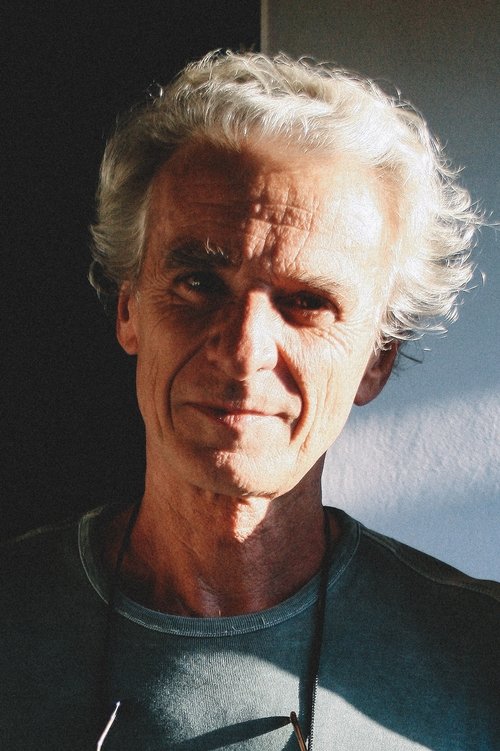
Riwayat Hidup
Andrea Tonacci (Rome, 1944 - São Paulo, 2016) was an Italian-Brazilian filmmaker, considered one of the main figures of the Cinema Marginal movement of underground filmmaking in 1970s Brazil.
He moved with his parents to São Paulo when he was 11 years-old.
A few years later, he studied Architecture and Engineering at the Presbiterian University of Mackenzie, but dropped both careers to purchase his dream of becoming a filmmaker.
His first feature-lenght film, "Bang-Bang" (1971), was recieved with mixed opinions by the Cinema Marginal movement and was screened at the Director's Fortnight at the Cannes Festival.
In 2006, his film "Serras da Desordem" got him the Kikitos for best photography, best picture and best director at the Gramado Festival of Brazilian Cinema.
In 2010, he was given the Order of Cultural Merit, highest honor of the Brazilian Government to personalities who contribute to the development of Brazilian identity and culture.
He passed away in December 16, 2016, a victim of pancreatic cancer.
Info Pribadi
Peran Yang Di Mainkan Andrea Tonacci
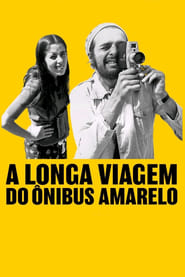 For this behemoth Bressane took his...
For this behemoth Bressane took his...The Long Voyage of the Yellow Bus 2023
For this behemoth, Bressane took his opera omnia and edited it in an order that first adheres to historical chronology but soon starts to move backwards and forward. The various pasts – the 60s, the 80s, the 2000s – comment on each other in a way that sheds light on Bressane’s themes and obsessions, which become increasingly apparent and finally, a whole idea of cinema reveals itself to the curious and patient viewer. Will Bressane, from now on, rework The Long Voyage of the Yellow Bus when he makes another film? Is this his latest beginning? Why not, for the eternally young master maverick seems to embark on a maiden voyage with each and every new film!
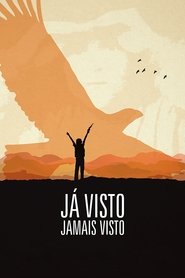 A dialogue between the auteurs memories...
A dialogue between the auteurs memories...Seen, Not Seen 2014
A dialogue between the auteur's memories and the images he shot and kept during his long film career - sketches of live that were never shown, never seen, never edited.
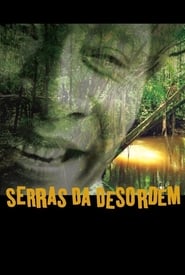 Carapiru is a member of one...
Carapiru is a member of one...The Hills of Disorder 2006
Carapiru is a member of one of Brazil's remaining indigenous peoples, living in harmony with nature and making wise use of the local flora and fauna. But Carapiru is suddenly forced to fend for himself and flees into the nearby rain forest, building a new life for himself with the help some sympathetic settlers. However, after rebuilding his life Carapiru is uprooted once again, this time by government agents. A expressive visual storytelling in this study of the native peoples of Brazil in the 21st century.
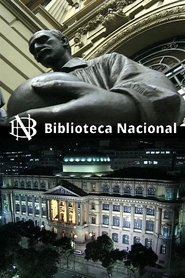 A reflection on books and culture...
A reflection on books and culture...Biblioteca Nacional 1997
A reflection on books and culture through testimonies and images from the Rio de Janeiro's National Library. In this work commissioned by the Ministry of Culture, the director forgoes voice-over in favor of a polyphonic discourse, combining more informative speeches from representatives of institutions with speeches by, for example, Sérgio Sant'Anna and Lygia Fagundes Telles, who express, in a different tone, their passion and vocation for books.
 Recording of the meeting between Sebastio...
Recording of the meeting between Sebastio...Óculos para ver Pensamentos 1994
Recording of the meeting between Sebastião Marinho and a rapper (Smokey D.) from the perspective of looking. Using his device to see “thoughts, emotions, feelings”, Tonacci, in front of the camera, follows them from his production company’s room to "Viaduto do Chá."
 Documentation of the preparations and expeditions...
Documentation of the preparations and expeditions...Os Arara 1983
Documentation of the preparations and expeditions of the Frente de Atração Arara da Funai, in the state of Pará, Brazil. With the construction of the Transamazônica, the Arara territory (without contact with the white man) is cut in half, and the Indians react by attacking the workers. Aware that all contact is a creation of dependency, the sertanista Sydney Possuelo, who also reflexively narrates the documentary, leads the expeditions that aim to identify the groups, how many individuals there are, establishing territorial limits to protect the area against invaders and loggers in the region.
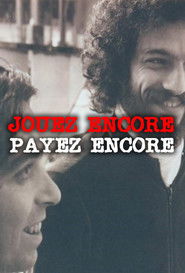 A film that records the rehearsals...
A film that records the rehearsals...Jouez Encore, Payez Encore 1975
A film that records the rehearsals of a Brazilian theatre troupe directed by Victor Garcia, and then the conflicts that break out as they tour Iran and France with a performance of Calderon's autos sacramentales. A problem with a scenery prop sparks a crisis in the group and the film chronicles this disaster.
 Born and raised in the misery...
Born and raised in the misery...The Red Light Bandit 1968
Born and raised in the misery of Brazilian slums, Jorge becomes a luxury house burglar in São Paulo and gets nicknamed "The Red Light Bandit" by the sensationalist press. In addition to wearing a red flashlight, he talks to his hostages in an irreverent tone and makes bold breakthroughs to later spend the money extravagantly. His world is the decadent neighbourhood of Boca do Lixo.
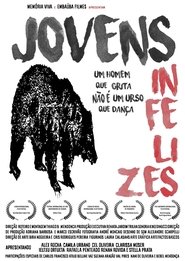 To start again one has to...
To start again one has to... By Ministry of Culture
By Ministry of Culture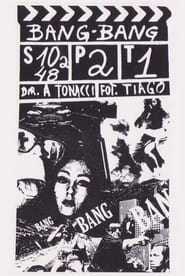 An anonymous urban protagonist experiences a...
An anonymous urban protagonist experiences a... ngela Carne e Osso Angela Meat...
ngela Carne e Osso Angela Meat...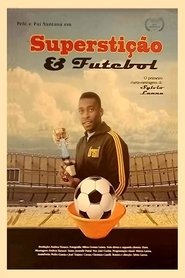 Religious beliefs linked to football
Religious beliefs linked to football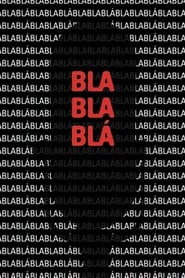 The tensions experienced by three different...
The tensions experienced by three different...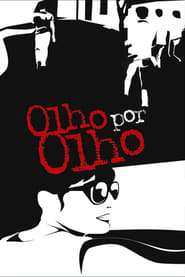 A group of middleclass friends driving...
A group of middleclass friends driving... Two young men decide to go...
Two young men decide to go...